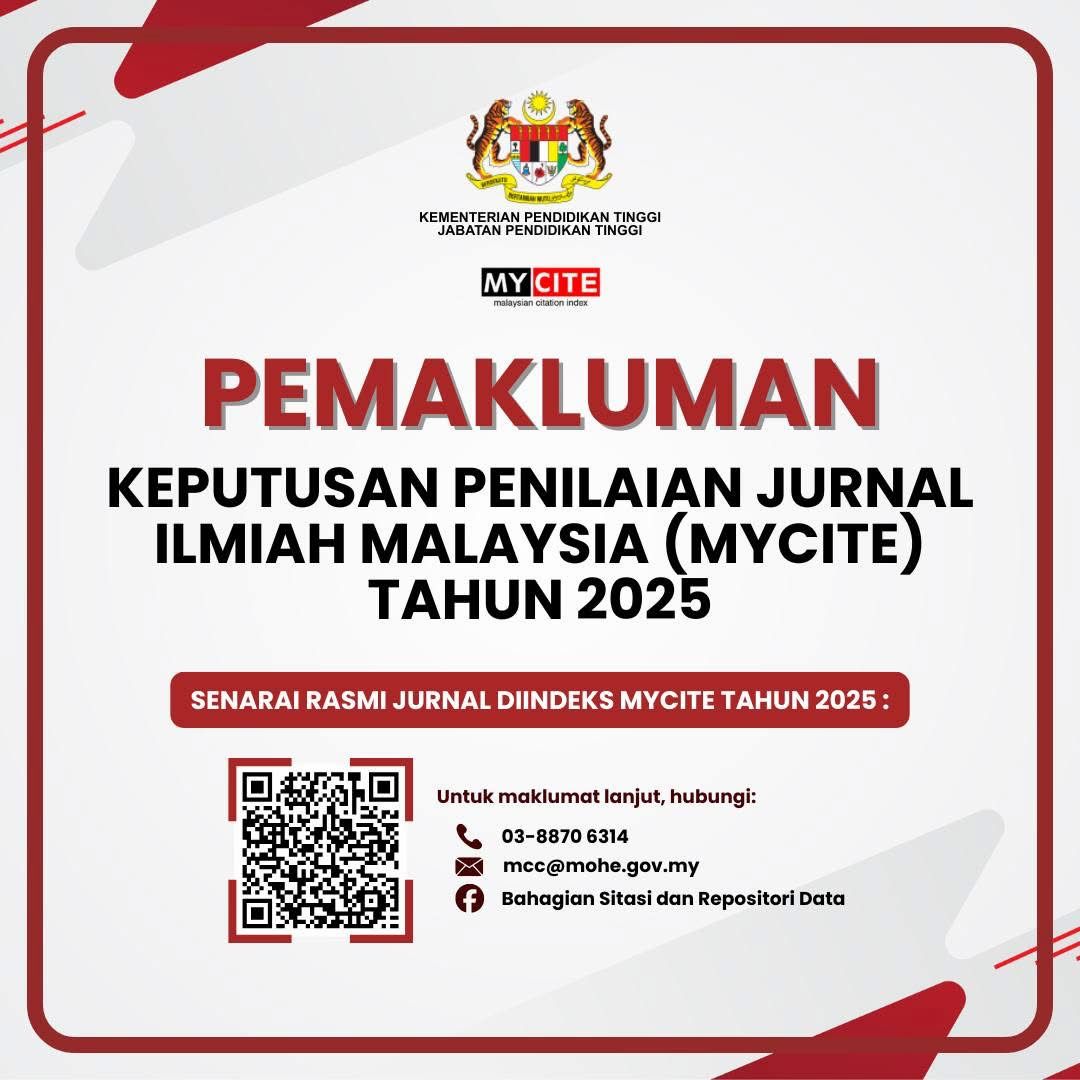An Inspiration Analysis of Digital Illustration Used in Augmented Reality
DOI:
https://doi.org/10.24191/idealogy.v9i1.497Abstract
The study investigates the use of digital illustrations in augmented reality (AR) experiences. Augmented reality merges digital content with the actual environment, creating new interaction opportunities. With its visual appeal and engaging properties, digital illustration has the ability to enrich AR experiences and create immersive narratives. By conducting an inspiration analysis, the study examines the applications of digital illustration in augmented reality, with a special emphasis on encouraging its use in Malaysia. The research identifies distinct goals and types of digital illustration in AR through a thorough literature review, inspiration analysis, and qualitative data collecting through research on nine samples of digital illustration in augmented reality. The findings emphasize the usefulness and potential of digital illustration in transmitting engaging visual communication and stimulating new augmented reality paths of inquiry. This research is a helpful resource for firms and practitioners particularly in Malaysia looking for ideas for incorporating artwork into their augmented reality projects in a variety of sectors.
Keywords: Inspiration Analysis, Digital Illustration, Augmented Reality.
References
Flavián, C., Ibáñez-Sánchez, S., & Orús, C. (2019). The impact of virtual, augmented and mixed reality technologies on the customer experience. Journal of business research, 100, 547-560.
Georgiou, Y., & Kyza, E. A. (2017). The development and validation of the ARI questionnaire: An instrument for measuring immersion in location-based augmented reality settings. International Journal of Human-Computer Studies, 98, 24-37.
Haidi, N. S. B., Kamil, M. H. F. M., Norizan, A. R., & Aron, N. W. M. (2022, November). Halal Cosmetics Awareness Through Augmented Reality Application: To Assist Consumer In Cosmetic Product Purchase Decision Making. In 2022 International Visualization, Informatics and Technology Conference (IVIT) (pp. 179-184). IEEE.
Javornik, A. (2016). Augmented reality: Research agenda for studying the impact of its media characteristics on consumer behavior. Journal of Retailing and Consumer Services, 30, 252-261.
Kounavis, C. D., Kasimati, A. E., & Zamani, E. D. (2012). Enhancing the tourism experience through mobile augmented reality: Challenges and prospects. International Journal of Engineering Business Management, 4, 10.
Liu, Y. (2019, August). On Computer Digital Illustration Design. In Journal of Physics: Conference Series (Vol. 1302, No. 2, p. 022063). IOP Publishing.
Mekni, M., & Lemieux, A. (2014). Augmented reality: Applications, challenges and future trends. Applied computational science, 20, 205-214.
Mohd Lazim, N. A., & Abd Rahman, K. A. A. (2016). State-of-the-art responses on augmented reality applications in Malaysia. Journal of Telecommunication, Electronic and Computer Engineering, 8(7), 53-58.
Nilsson, N. C., Peck, T., Bruder, G., Hodgson, E., Serafin, S., Whitton, M., ... & Rosenberg, E. S. (2018). 15 years of research on redirected walking in immersive virtual environments. IEEE computer graphics and applications, 38(2), 44-56.
Widita, A., Rachmahani, H., Agustina, I. A., & Husna, N. (2021, July). The Use of Augmented Reality in Café’s Interior to Enhance Customer Experience. In IOP Conference Series: Earth and Environmental Science (Vol. 794, No. 1, p. 012192). IOP Publishing.
Yang, L. (2022). Online Simulation Quality Assessment of Illustration Patterns Based on Digital Art Design in Neural Network Perspective. Mobile Information Systems, 2022.
Downloads
Published
Issue
Section
License
UiTM Press (the Publisher) has agreed to publish the undersigned author’s paper in Idealogy Journal. The agreement is contingent upon the fulfilment of a number of requirements listed below.
1. The undersigned author warrants that the paper entitled below is original, that it is not in any way libellous or unlawful in Malaysia, that it does not infringe any copyright or other proprietary right. The undersigned hereby represents and warrants that he/she is the author of the paper, except for material that is clearly identified as to its original source, with permission notices from the copyright owners where required. The undersigned represents that he/she has the power and authority to sign and execute this agreement.
2. The undersigned author warrants that the paper entitled below has not been published elsewhere, and also it will not be submitted anywhere else for publication prior to acceptance/rejection by this Journal.
3. By submitting the paper entitled below, the undersigned author agrees to transfer the rights to publish and distribute the paper in an international e-journal (entitled above) to Publisher.
4. The undersigned author agrees to make a reasonable effort to conform to Publisher's submission guidelines and to liaise with the editor to ensure that the requirements of these guidelines are met to a reasonable degree.
5. The corresponding author signs for and accepts responsibility for releasing this material on behalf of any and all coauthors. This agreement is to be signed by at least one of the authors who has obtained the assent of the co-author(s) where applicable. After submission of this agreement signed by the corresponding author, changes of authorship or in the order of the authors listed will not be accepted.



